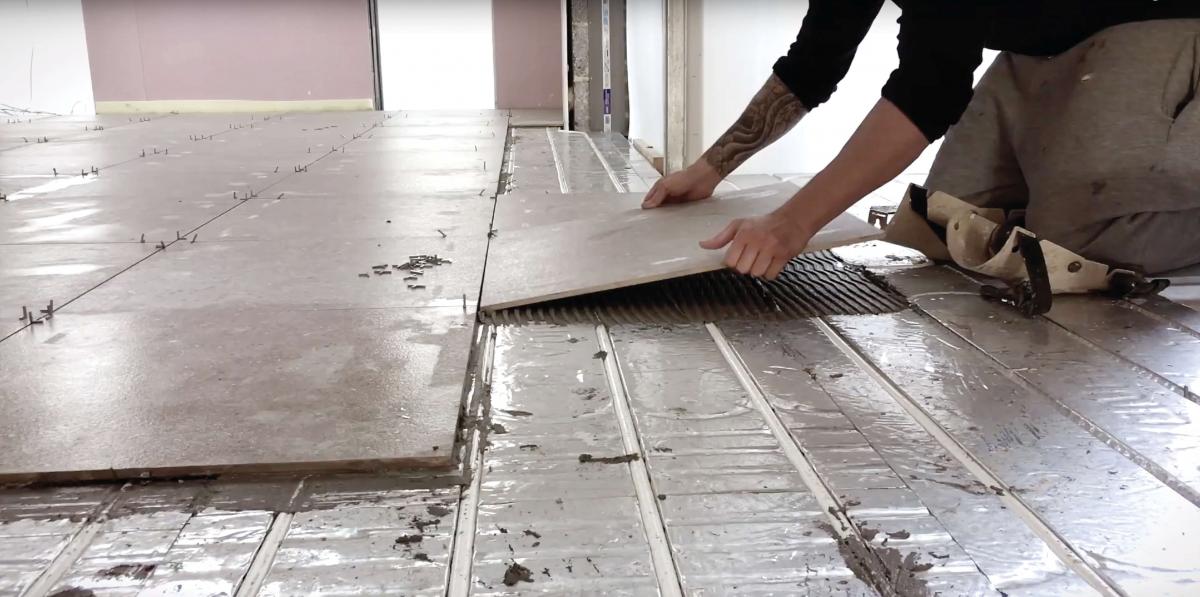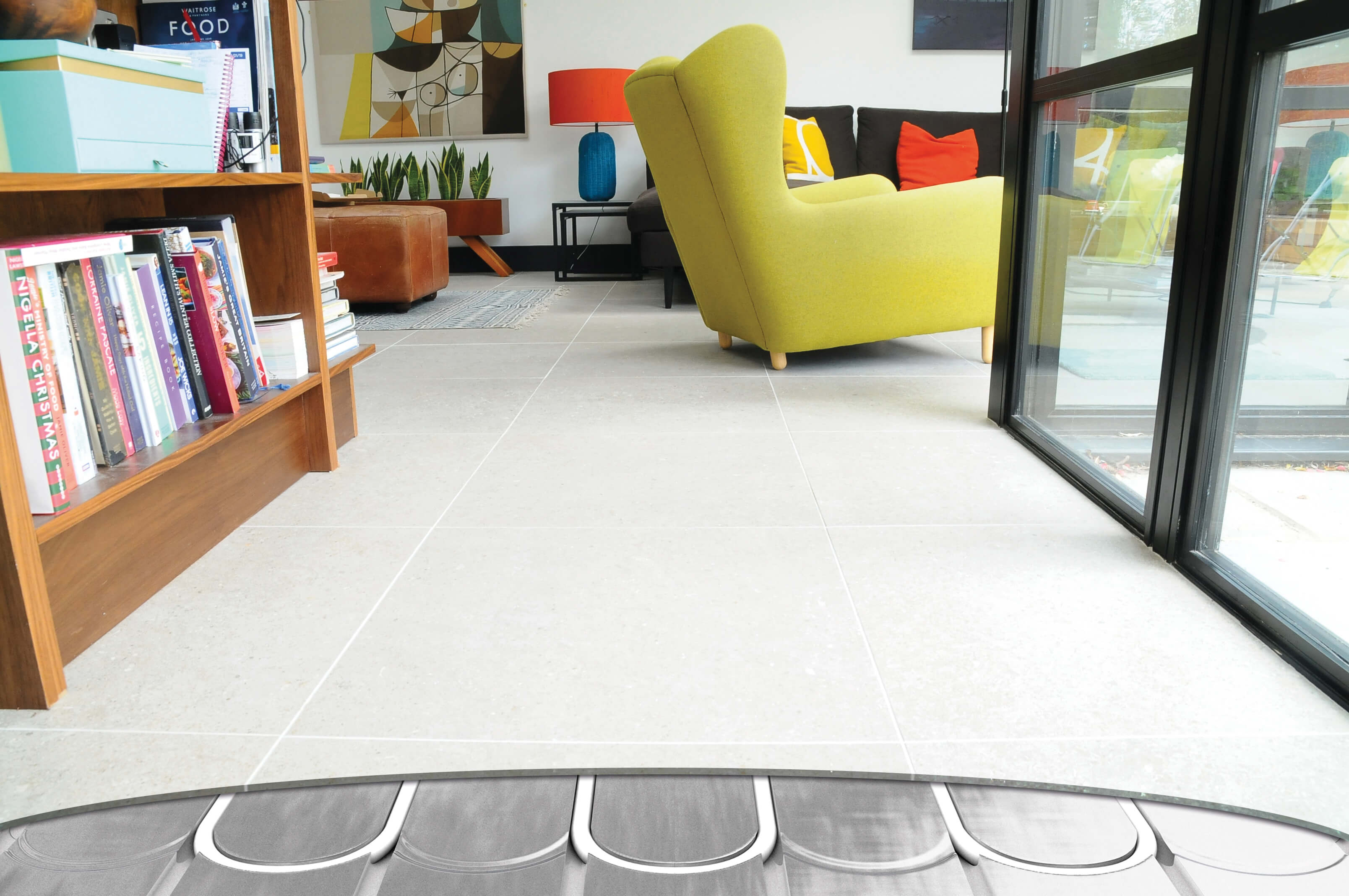Underfloor heating cuts the cost of staying warm, says Wunder Group's Paul Simmonds
Paul Simmonds, Digital Marketing Manager of Wunda Group, explains how Underfloor heating helps homeowners take back power on energy costs.
There’s a lot to be said about waking up on a cold morning and having warm tiles underneath your feet. The pleasure of not feeling any draughts or cold spots in your home as you get ready for the day is a luxury. However, many people worry that these luxuries come at a price.
There is a growing concern that energy bills will skyrocket due to the increase of remote working.
Energy bills are predicted to rise by 18% for people working at home this winter and heating experts at Wunda Group want more people to consider the energy saving benefits of underfloor heating (UFH).
How much energy does UFH use?
Water based UFH, which runs through a series of pipes connected to a boiler, uses much less energy than central heating as it is designed to run at a lower temperature while providing a more comfortable level of heat. However, costs and efficiency will differ depending on construction, insulation, energy tariffs and how the heating is being controlled. For example, a room size of 40m² would cost around £900 per year to heat using electric UFH, whereas a water based UFH system would only cost about £180 per year.
UFH uses less energy than standard radiators while being more efficient at circulating the heat around a home while running at a lower input temperature. Where a radiator may require the water to be heated to as much as 90ºC, UFH can function as low as 35ºC. However, running costs depend on the quality of the insulation in a home, how high the temperature in the room needs to be and how often the heating is on.
How to use underfloor heating efficiently
Many guides and articles cover how to make sure your boiler is running efficiently, but using UFH effectively is not always covered. To keep the costs down over the winter, there are a few key things to consider:
- If you have a screed system use your thermostat’s setback feature. Heating screed from cold can be costly in time and energy but fortunately most thermostats feature a setback option, which allows you to set a ‘point of quick return’. If on cold days the temperature drops below your setback, your screed floor heating can spring into action.
- Improve your home’s insulation. Insulation in the home works to keep the heat in and reduces the amount of warmth that escapes through the walls, windows and roof. Newer homes tend to be well insulated but older homes are likely less insulated and will need upgrading. By using an EPS floor heating system that retro-fits, you could benefit from additional insulation in your floor just from installing the floor heating boards. Be sure to ask your supplier about any test insulation value in the floor heating fixings.
- Consider a future-proof boiler alternative. Heat pumps naturally complement UFH as they supply a cost effective and steady temperature for homes. Depending on your property and the amount of heat it loses, a ground source or air source heat pump will be recommended, but UFH can be used with most boiler alternatives.
- Only heat when it is actually needed. It is possible to save energy by not using UFH all the time in every room. It is a good idea to limit the heat in the rooms that are used the least. With today’s technology most UFH systems allow users to zone rooms. Just by turning the less frequently used rooms down to 16/17ºC is enough to make a difference to energy consumption.
Wundatherm’s Rapid Response system is easy to install with no mess or drying time. It is durable as well offering an increase in thermal insulation. The lightweight low-profile boards are just 16mm or 20mm thick, heat up in minutes and are suitable for any floor finish, including natural stone tiles. Once installed, the floor heating pipe is laid into the pre-formed grooves in the boards and the system is ready for immediate use.
Wundatherm is totally future-proof and perfect to use with both boilers and future heat sources.


